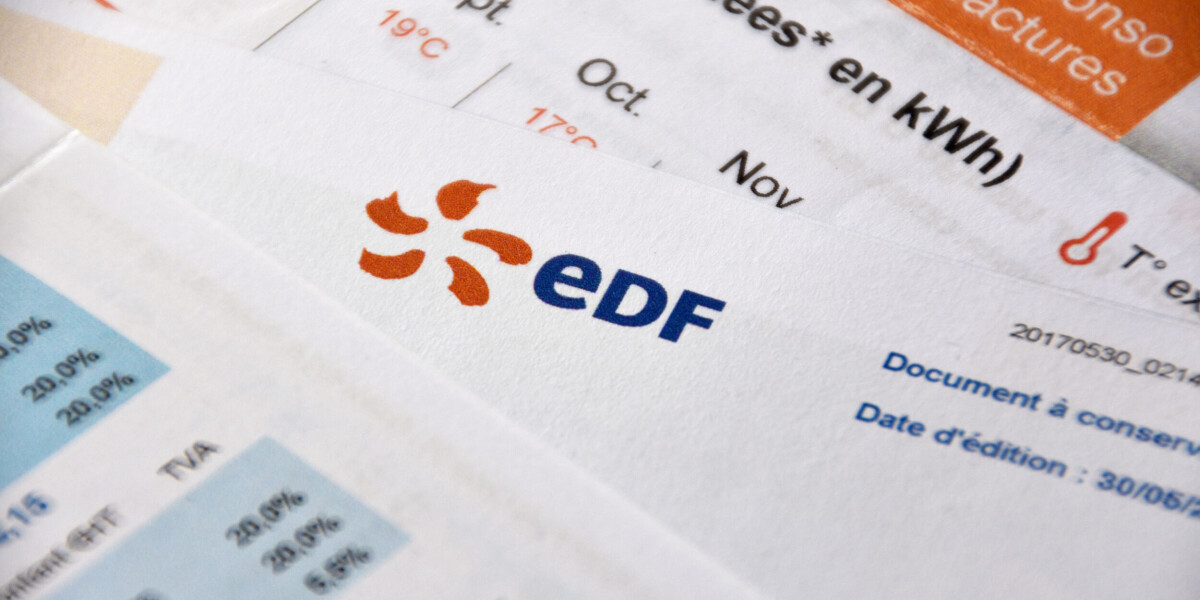
- Select a language for the TTS:
- UK English Female
- UK English Male
- US English Female
- US English Male
- Australian Female
- Australian Male
- Language selected: (auto detect) - EN
Play all audios:
Coming back from Dublin recently with half an hour to spare before my flight I went into the booze shop to procure a litre of gin. I knew of one Irish brand, Cork Dry. There it was, in its
modest but distinctive bottle, surrounded by two score johnny-come-latelies utterly strange to me, and all of them apparently as Irish as the banshee. Of course I had been more than aware
of the growing number of new-fangled gins appearing on the British market. I had tasted some, liked some, but there was no way that I was able to establish a league-table given that a
plethora of new ones appears on the market with every coming year. This massive surge of new gins owes its origins to the liberalisation of distilling which took place in the nineties. As of
January 2019 there were 361 distilleries in the UK and I am sure there have been at least a couple of dozen more founded in the past twelve months. Remember that a distillery can produce
batches of quite different spirits, so that means anything up to 1,000 gins at the very least. Some distilleries even allow customers to make their own gins according to their own recipes.
Whisky distilleries make gin too. Whisky cannot be sold before it is three years old, and most is older. Gin doesn’t have to be aged, so you can finance your whisky operations by selling
gin. This explosion of new brands makes life much harder for the drinks writer. When I started writing back in the eighties there were a handful of dedicated stills: the venerable Burrough’s
(Beefeater) in London; Grand Met’s in Harlow (Gilbey’s); one in Warrington that made Bombay and all sorts of own label gins and vodkas; Plymouth — made in a tiny still in the remains of the
old Dominican Priory there; and the stills at Cameronbridge in Scotland that produced Gordon’s and Tanqueray. Cork Dry was made alongside various whiskies at Midleton County Cork. Customs
and Excise was decidedly mean about licensing any new distilleries. The floodgates only opened after a landmark case involving cider brandy in 1989. Gin is not hard: you simply flavour or
redistill rectified spirit with “botanicals”. Before the new wave, these were pretty standard. They started with juniper berries. “Genever” — the Dutch for juniper — inspired our word “gin”.
Genever schnapps had been “Dutch courage” to the armies of Elizabeth I. Besides juniper, you need a citrus note — lemon, lime or orange; and something more spicy like orris (iris) root,
cubeb grains, coriander seeds or cassia bark. Providing it led with juniper it was “London dry”. The only exception was Plymouth Gin, which was a little more “rooty”. You knew where you were
back then: people were brand loyal. You were a Gordon’s man (it reeks of juniper) or a Bombay wallah (lots and lots of botanicals), a Plymouth-bibber or a Beefeater-swiller etc. Beefeater
is still the brand leader, which may have something to do with the price (at £15.33 it is the cheapest). But newcomers Hendrick’s and Sipsmith’s have taken third and fifth place, either side
of Gordon’s. The disadvantage of many of the new wave gins is twofold, however: how do I drink them? And can I afford them? Monkey 47 from the Black Forest is more than twice the price of
Beefeater, while the delicious, thyme-scented Villa Ascenti is £35. The traditional houses have all come up with super-premium versions too: the wonderful Tanqueray 10 is a stonking £45.75 a
litre — enough to drive a man to drink. I have to admit I am not a huge gin drinker. For me it is a refreshing summer drink and at its best in the tropics where it gets properly hot. Tonic
water, (gin distillers taste their gins with proper — not diet — Schweppes) with its anti-malarial quinine element, was a sine qua non for our colonialists. In India I have been defeated by
nasty tonic water and reverted to asking for freshly squeezed limes instead. My greatest memory of gin and limes was looking out at the sun setting over the Indian Ocean from the bar at the
Galle Face Hotel in Colombo: that was thirty seconds of bliss. As a British imperial drink, gin-and-tonic was a pleasure virtually unknown to continentals. The exception, however, was Spain.
Rob McArdle is the man behind the top Brockmans Gin in Spain. He reminded me that brands like Larios had been around for decades, and that every Costa Bravan knew that Spain was a paradise
for cheap gin and that G&Ts came in huge measures. Beefeaters is still only €12 a bottle in Spain. For the past ten years, however, Spain too has had its “super premiums” like Brockmans
or Gin Mare that sell for three times that price. The gin craze has spread all over the Mainland: Monkey 47 comes from Germany, Villa Ascenti from Italy and I have just heard that the
Mirabeau, which makes some sappy Provençal rosé wines, will be launching a suitably herby gin from Waitrose next week. There are of course lots of gin-based cocktails like martinis that
value a subtly different gin, but tonic is still the favoured mixer and juniper berries remain on call even in what I might call “garage” gins. Monkers Garkel, from Circumstance Distillery
in Bristol was actually made by a computer programme called Ginette, but leads on juniper with angelica, coriander and orange zest, with a few wilder elements supplied by prunes,
gooseberries and marigolds. At £42 a go, it is destined for a niche market, but that can work: I went recently to the City of London Distillery behind St Bride’s Church, which boasted an
impressive set of stills and excellent gins. After trying the range, you can buy a bottle on the way out. I am less certain about some modern gins. I had a yellow one with saffron recently,
a Seville orange one (that failed to be bitter) and there are lots of pink gins that are really no such thing. As ever sailor knows a pink gin is gin with a dash of Angostura Bitters. You
might add a little water but nothing else. The modern take is strawberry or raspberry, which often comes across as smelling synthetic. They also taste sweeter than normal gins. They might
work in cocktails, but they are too cloying with tonic. There are equally good tonics from Fever-Tree and Fentimans now but there remains the question of how to make a good gin and tonic.
Personally, I am still drinking my Cork Dry according to the recipe taught me by a former Sudan Political Service man I knew in my early twenties: essentially you keep everything in the
fridge including the glass, add a hefty slug of gin (you have to be able to taste it), lemon or lime, and not more than fifty per cent tonic. Like that, a gin and tonic is the perfect
sundowner.




